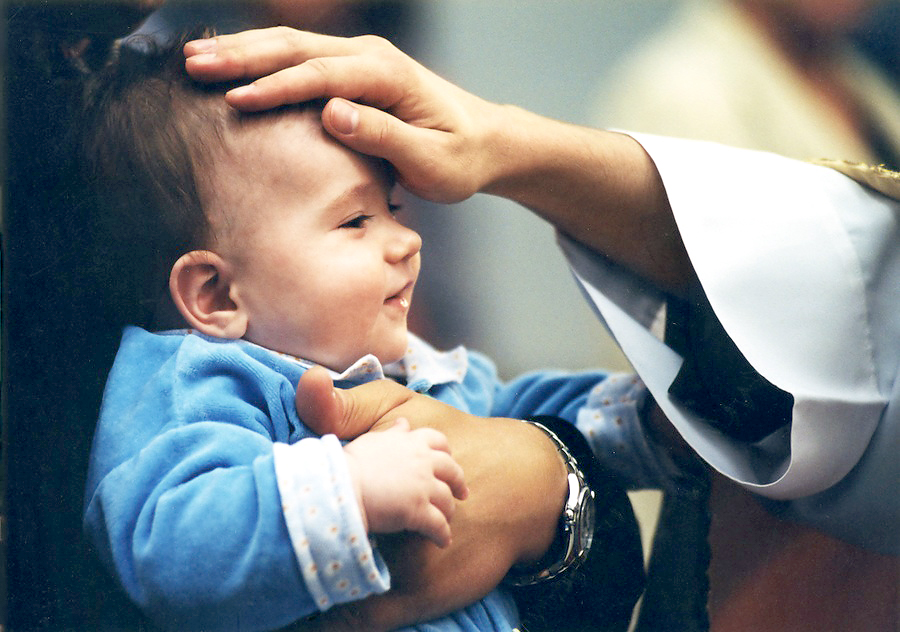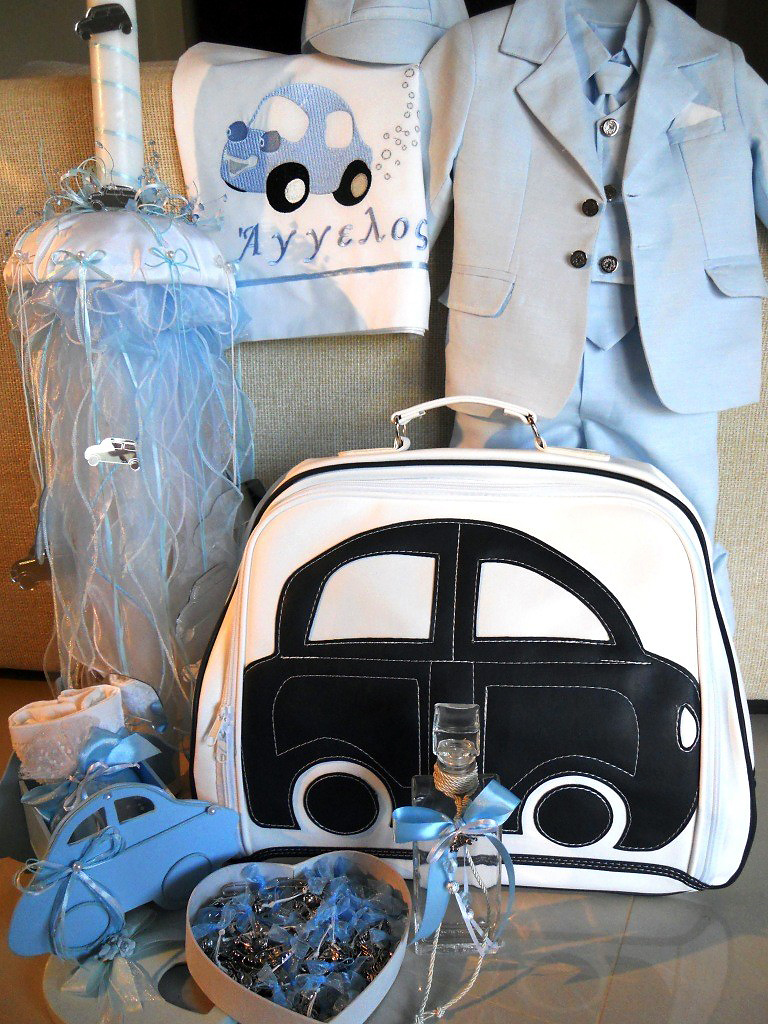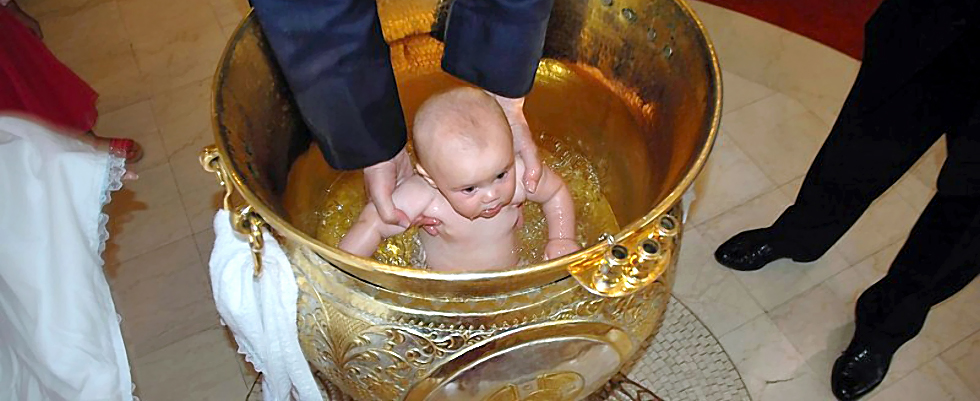Christianity has always occupied a special place in the formation and development of the Cypriot state. Many of the apostles began their journey on this island, preaching the doctrine of Christ. And, despite the period of iconoclasm and long Ottoman rule, Cypriot Christians were always firm in their faith, carefully preserving all Christian temples that somehow were built on the island.
The Island of Saints
Now Cyprus has more than 500 Christian churches and 31 active monasteries. The Orthodox Church of Cyprus has the status of a public institution and plays a very important role in the socio-political life of the country.

Certainly, baptism is the first and one of the main sacraments of every Christian, regardless of his nationality. At baptism a man receives the grace of God, and he joins the ranks of the church, as if re-living his spiritual birth.
Traditionally in Cyprus they baptize children at an early age. This usually occurs when the child is 4-5 months old. Like weddings, baptisms take place in a big way here as well, so parents begin to prepare for it almost immediately after the birth of the baby.
How does this happen

The godfather or godmother of the child is a close friend to the parents, as usual. On their shoulders all the major costs of the baptism will fall.
Next, the church in which the parents want the sacrament to take place is chosen, and time is discussed with the priest. Then they send the invitations. The number of guests is often up to 200-250 people.
The responsibilities include the preparation of the so-called dowry for the baby. It consists of a large candle, a set the baptismal clothes, towels and sheets in which the baby is wrapped after the christening, a baptismal cross for the child, as well as small crosses – “martirika” for all who come to the church and witness the sacrament. It is necessary to prepare the priest’s set as well, which consists of the oil tank, scissors, small towels and soap. In addition to the ”martirika”, small gifts are also bought – “baptism favors” which are given to all who came at the end.
As well as with wedding ceremonies, baptisms have become a whole industry with fashion, innovation and detail. Recently, Greece and Cyprus combined this celebration with a common theme. For girls the most popular are butterflies and princesses, and for boys – cars and airplanes. And yet, from the baptismal clothes to gifts for guests, they are all picked in the same extravagancy.
During the baptism, the godparent with the baby in their arms stand at the baptismal font and repeat whatever the priest isntructs them. It is an honorable duty among the guests to hold the candle and cross for a child of 10-12 years. Also, as in Russia, they read “the Symbol of Faith” thrice, renounce the devil and give a promise to fulfill all the commandments of God. After that, the water is sanctified and the priest takes the child from the godparents and immerses him in the baptismal font three times.

Together with the baptism, the rite of Anointment is held. The priest anoints the child crosswisely on the eyes, forehead, mouth, ears, nostrils, legs, arms, chest. The anointment is done by using a special oil called ”mira”.
The whole ceremony takes about an hour. The religious ceremony is followed by the a meal at a restaurant. The room is decorated as the child’s parents chose and based on their economic backrounds. As well as at a wedding, all the guests personally congratulate the child’s parents and godparents, and present an envelope with money or a gift to give as a present to the ‘newly-enlightened’ member.The meal usually consists of several salads, side dishes and all sorts of meat, so that none of the guests leaves the table still hungry. Recently an additional table with sweets for the children began to appear at christenings. All this is paid by the child’s parents.
After 3 days, it is time for the child’s bathing, when the child is washed for the first time after being anointed. Traditionally, after the bathing, the water is taken to the church to be disposed accordingly because it contains the holy oil ‘mira’ and cannot just be thrown away; the child’s clothing (what was worn from after the baptism to the 3rd day) is also washed in the water and the diapers are burned.
The financial side
Conclusion
Obviously, if you follow the Cypriot tradition, baptism can be very costly, and must be organised in advance. However, if you are not going to organize a big celebration, but just want to christen your child, you should just go to any church and arrange the holy mystery with the priest. You will definitely not be refused!
